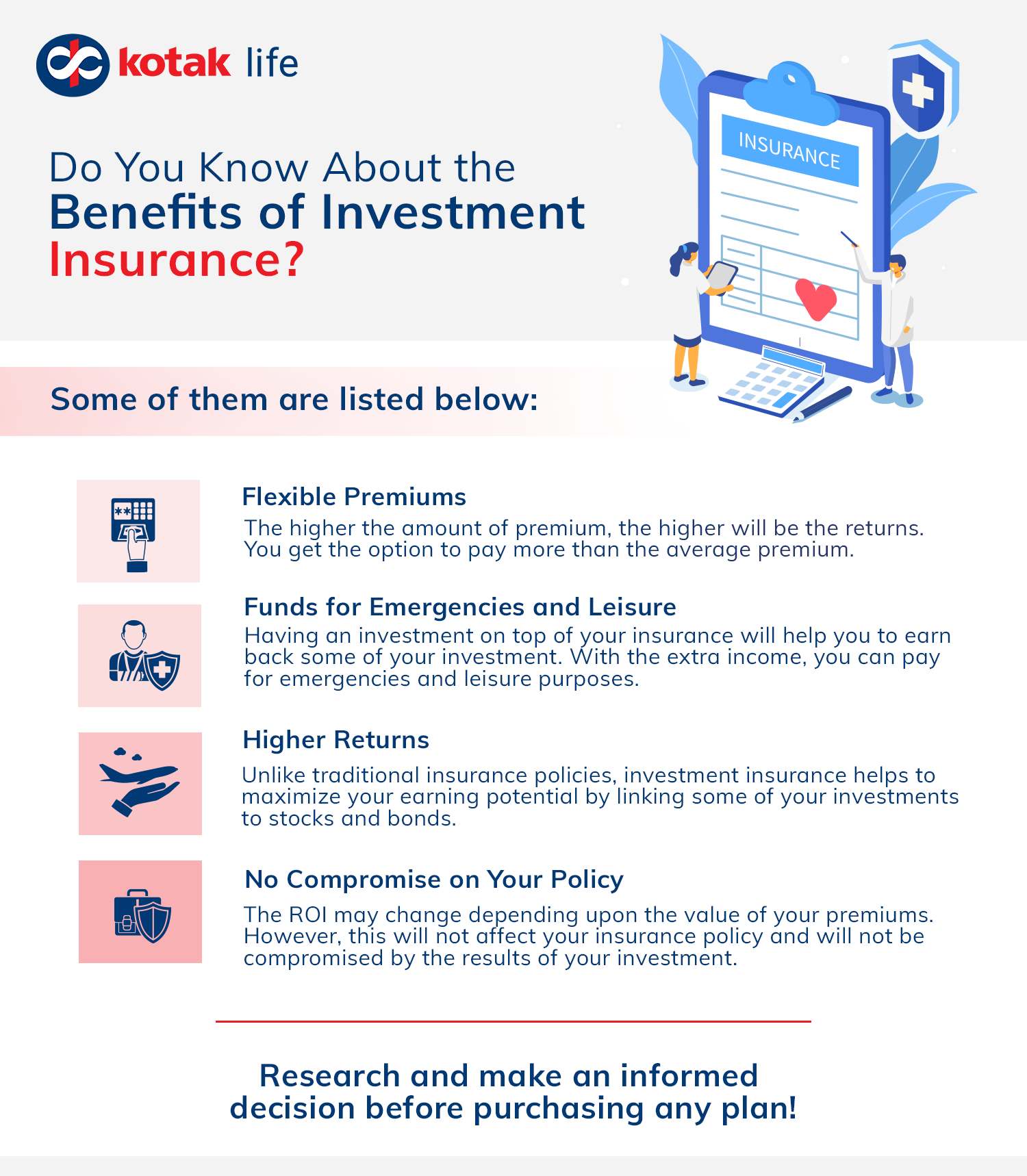Facts About Pacific Prime Revealed
Facts About Pacific Prime Revealed
Blog Article
Pacific Prime for Beginners
Table of ContentsSome Known Facts About Pacific Prime.The Facts About Pacific Prime UncoveredExcitement About Pacific PrimeThe Definitive Guide to Pacific Prime8 Easy Facts About Pacific Prime Described
This is due to the fact that the data were accumulated for a period of solid financial performance. Of the estimated 42 million individuals that were uninsured, almost about 420,000 (regarding 1 percent) were under 65 years old, the age at which most Americans end up being qualified for Medicare; 32 million were adults in between ages 18 and 65, around 19 percent of all grownups in this age group; and 10 million were kids under 18 years old, regarding 13.9 percent of all children (Mills, 2000).
These price quotes of the variety of individuals uninsured are generated from the yearly March Supplement to the Current Populace Survey (CPS), performed by the Census Bureau. Unless otherwise noted, nationwide price quotes of people without medical insurance and proportions of the populace with different type of protection are based on the CPS, the most widely used source of estimates of insurance coverage and uninsurance rates.
The 4-Minute Rule for Pacific Prime

Still, the CPS is particularly helpful because it produces yearly price quotes reasonably promptly, reporting the previous year's insurance policy coverage approximates each September, and since it is the basis for a constant set of estimates for greater than twenty years, permitting analysis of fads in insurance coverage with time. For these reasons, as well as the extensive usage of the CPS in other studies of insurance policy coverage that exist in this report, we depend on CPS estimates, with constraints noted.

The price quote of the number of without insurance individuals broadens when a population's insurance coverage condition is tracked for several years. Over a three-year period starting early in 1993, 72 million individuals, 29 percent of the united state population, lacked protection for at least one month. Within a single year (1994 ), 53 million people experienced a minimum of a month without coverage (Bennefield, 1998a)
6 out of every 10 without insurance grownups are themselves utilized. Functioning does enhance the likelihood that one and one's household members will certainly have insurance coverage, it is not a guarantee. Also members of family members with 2 full-time breadwinner have practically a one-in-ten opportunity of being uninsured (9.1 percent without insurance rate) (Hoffman and Pohl, 2000).
Rumored Buzz on Pacific Prime
New immigrants represent a substantial proportion of individuals without health insurance policy. One analysis has associated a substantial portion of the current development in the dimension of the U.S. without insurance populace to immigrants who showed up in the nation between 1994 and 1998 (Camarota and Edwards, 2000). Recent immigrants (those who came to the United States within the previous 4 years) do have a high rate of being uninsured (46 percent), yet they and their children make up simply 6 percent of those without insurance coverage across the country (Holahan et al., 2001).
The connection between health insurance coverage and accessibility to care is well established, as recorded later in this chapter. The relationship in between see here now wellness insurance coverage and health and wellness outcomes is neither straight neither basic, a considerable professional and wellness services research study literature web links wellness insurance coverage to improved access to care, far better high quality, and improved personal and populace health and wellness status.
Degrees of analysis for checking out the effects of uninsurance. It concentrates specifically on those without any kind of health insurance coverage for any kind of length of time.
Unknown Facts About Pacific Prime
The issues faced by the underinsured are in some areas comparable to those faced by the without insurance, although they are usually much less serious. Health insurance policy, nonetheless, is neither needed nor sufficient to gain accessibility to medical services. The independent and direct result of health and wellness insurance protection on accessibility to health and wellness services is well developed.
Others will certainly get the healthcare they need even without wellness insurance coverage, by paying for it expense or seeking it from carriers who supply care free or at extremely subsidized prices. For still others, health and wellness insurance policy alone does not guarantee invoice of care due to various other nonfinancial obstacles, such as a lack of wellness care suppliers in their community, restricted access to transportation, illiteracy, or etymological and cultural differences.
Some Known Details About Pacific Prime
Official research study concerning without insurance populaces in the USA dates to the late 1920s and very early 1930s when the Board on the Expense of Healthcare generated a collection of records concerning funding physician office sees and hospitalizations. This issue became prominent as the numbers of medically indigent climbed during the Great Anxiety.
Report this page